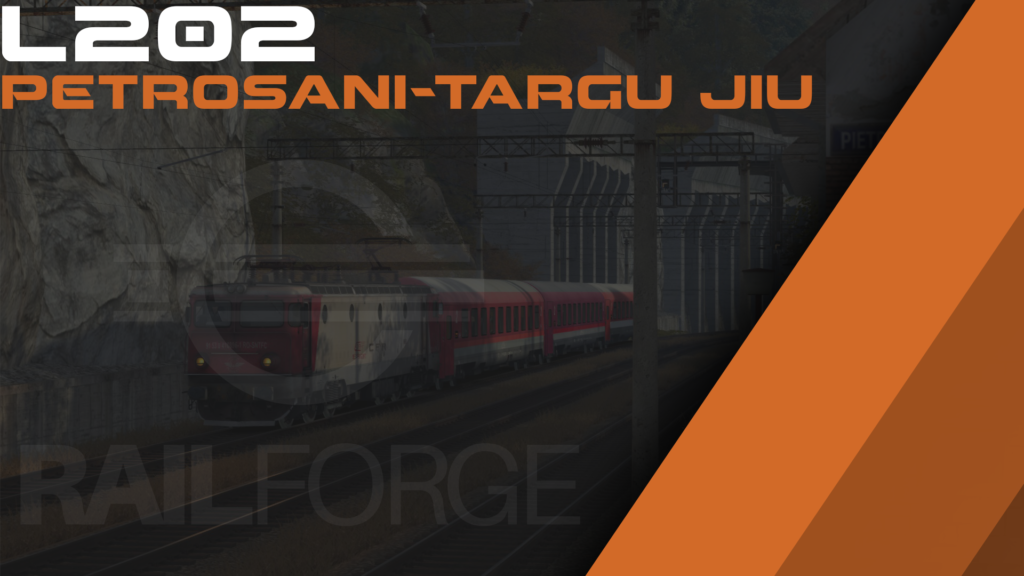The Sibiu–Vințu de Jos railway is a main railway line in Romania. It crosses the northern edge of the Southern Carpathians in the southwest of Transylvania.
In 1872, the city of Sibiu was connected to the railway network of the Kingdom of Hungary through the Sibiu–Copșa Mică railway. However, the railway journey between the Hungarian capital Budapest and Sibiu was quite cumbersome. To shorten the route, the Hungarian government decided to build a railway line starting from the town of Vințu de Jos, on the Arad–Alba Iulia railway, through Saxon Sebeș directly to Sibiu. The railway distance between Vințu de Jos and Sibiu was thus reduced from 119 to 83 km.
The Sibiu–Vințu de Jos railway was inaugurated on November 25, 1897.
At the end of World War I, Transylvania became a part of Romania, and the railways in Transylvania were taken over by the Romanian state railway company CFR.
Current Situation The railway is not electrified and is predominantly a double track. Sections between Sibiu hc. and Orlat, between Săliște and Apoldu de Sus, as well as Cunța and Miercurea Sibiului, and between Sebeș and Vințu de Jos, have a single track. The duplicated segments are Orlat-Săliște, Apoldu de Sus-Miercurea Sibiului, and Cunța-Sebeș. Several local, express, and a fast train pass through here daily. There is also freight traffic. The maximum gradient reaches 17 mm/m between the stations of Miercurea Sibiului and Săliște. A very picturesque section of this line is between the Tilișca halt and the Apoldu de Sus station. In this stretch, the railway winds through a dense deciduous forest, passing over five spectacular viaducts and through a curved tunnel, masterpieces of the Vienna Engineering School. In this segment, there are also numerous curves with a small radius (250 m).



